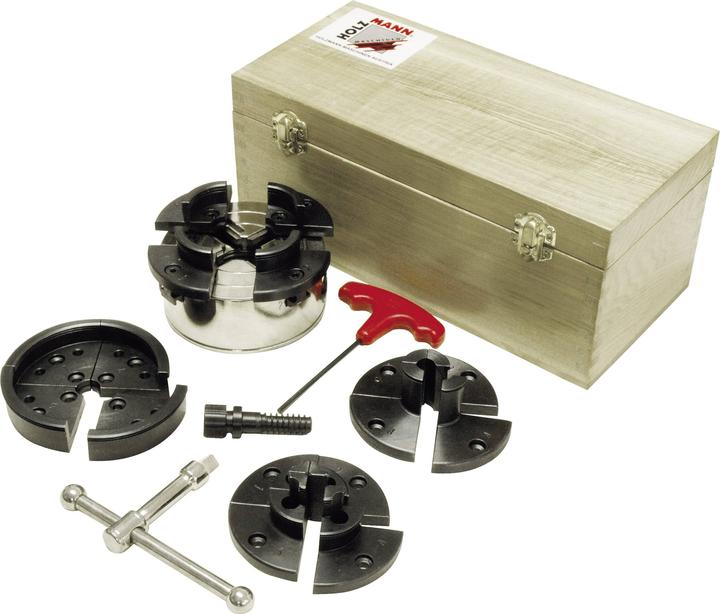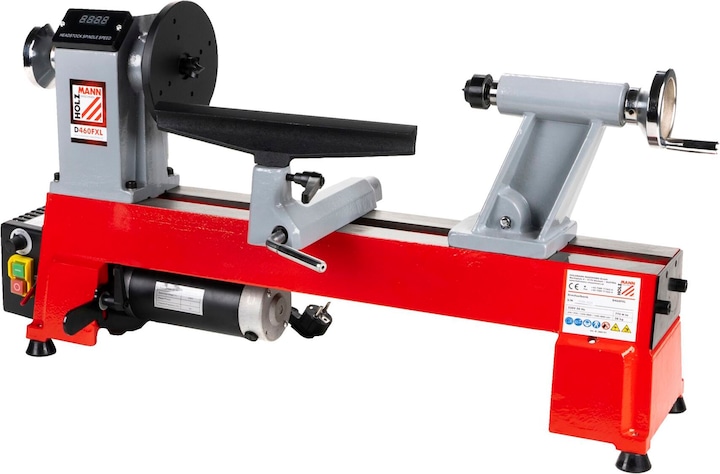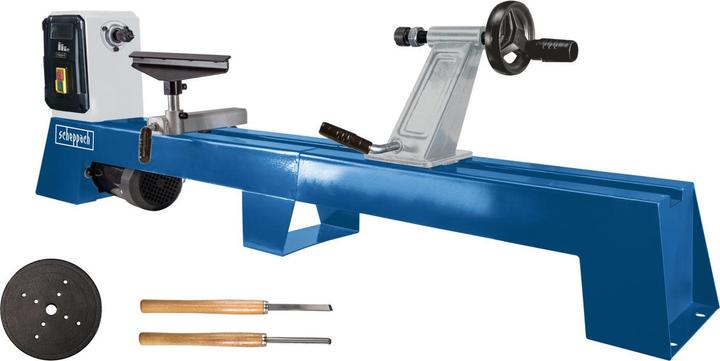
Too Many Lathes? Here's How to Choose the Right One
Consider these five key factors to help you select the perfect lathe for your needs.
Last updated 1 week ago. Automatically generated content.


Select options and limit the number of products
Max. turning diameter determines the largest diameter of material that can be effectively shaped by a lathe. It is crucial for ensuring compatibility with the size of the workpieces you plan to machine, directly impacting the versatility and capability of your lathe.
Popular options
121 - 250 mm
Typical price
140.– to 1500.–Versatile range accommodating medium-sized workpieces.
Great for general-purpose machining, balancing precision with the ability to handle various projects.
Bestseller
251 - 400 mm
Typical price
270.– to 2600.–Designed for larger workpieces, expanding the scope of production capabilities.
Perfect for industrial settings or advanced users who need to work with substantial materials.
Bestseller
'Top of the range' refers to the maximum diameter capacity of a lathe, indicating the largest size of workpiece it can accommodate. This factor is crucial for determining the suitability of a lathe for specific projects, ensuring efficient and effective machining of larger components.
Popular options
Up to 450 mm
Typical price
300.– to 1600.–Suitable for small to medium-sized workpieces, offering precision machining for detailed projects.
Ideal for hobbyists or small workshops, ensuring versatility without sacrificing space or performance.
Bestseller
451 - 700 mm
Typical price
640.– to 4600.–Accommodates medium to large workpieces, providing a balance between size and handling capacity.
Recommended for professional workshops, enabling the creation of diverse components with increased efficiency.
Bestseller
701 - 1000 mm
Typical price
750.– to 5200.–Handles large workpieces, designed for heavy-duty and industrial applications.
Perfect for large-scale manufacturing, offering maximum versatility and capability for demanding projects.
Bestseller
Max. speed refers to the highest rotational speed a lathe's spindle can achieve, directly affecting the cutting efficiency and finish quality. Choosing the appropriate max. speed is essential for optimizing the lathe's performance based on the material type and the desired precision in machining tasks.
Popular options
Up to 2000 rpm
Typical price
1200.– to 4600.–Suitable for heavier materials and larger diameter workpieces that require slower speeds for stability.
Ideal for beginners and general-purpose machining, offering control and safety during operations.
Bestseller
2001 - 4000 rpm
Typical price
360.– to 1800.–Balances speed and torque, making it versatile for a range of materials and applications.
Recommended for users who need flexibility in operations, providing efficient cutting and smooth finishes.
Bestseller
4001 - 6000 rpm
Typical price
290.– to 840.–Designed for high-speed precision machining, crucial for intricate and delicate tasks.
Best for experienced users focusing on fine details and high-quality surface finishes, enhancing productivity.
Bestseller
Material selection in lathes impacts the type of projects you can undertake and the tool's overall performance. Choosing the right material ensures durability, efficiency, and suitability for specific tasks, whether you're crafting metal components or shaping wooden pieces.
Popular options (you can select more than one)
Wood
Optimized for cutting and shaping wood, featuring adaptable designs for different wood types.
Perfect for carpentry and woodworking projects, offering flexibility and ease of use for artisans and hobbyists.
Bestseller
Choosing the right lathe brand is crucial as it impacts the machine's reliability, precision, and durability. Renowned brands like Proxxon, Holzmann, and Scheppach offer a range of lathes suited for different skill levels and project scales, ensuring satisfaction and quality performance.








